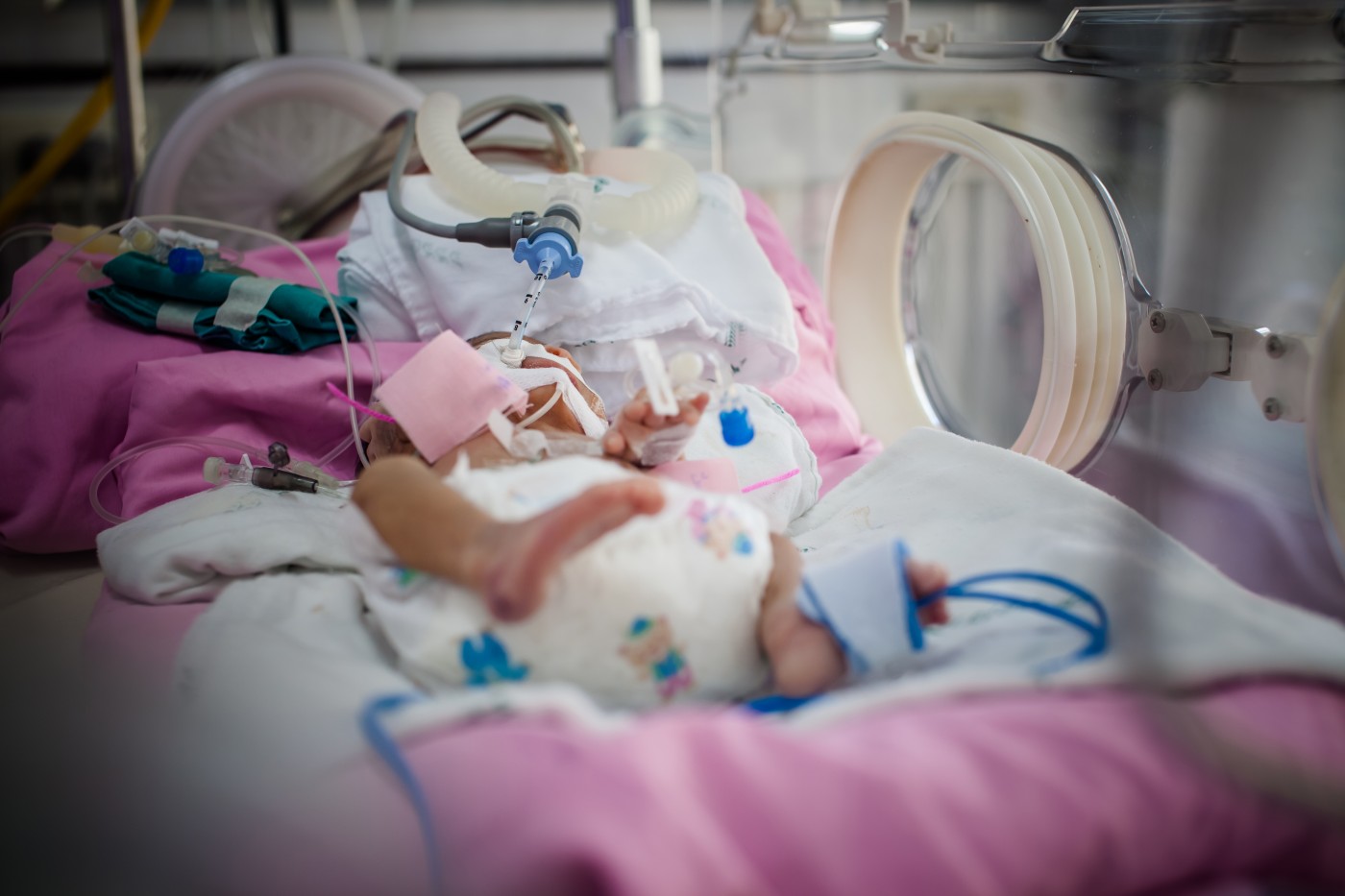Anemia Drug, Erythropoietin, May Prevent Cerebral Palsy Linked to Hypoxia During Birth

A Phase 2 clinical trial revealed that the drug erythropoietin, long used to treat anemia, might improve outcomes for children exposed to oxygen deprivation during birth, leading to hypoxic-ischemic encephalopathy — brain damage that causes cerebral palsy and other disabling conditions. If the findings stand through larger trials, the treatment might offer an inexpensive way to save more infants from possible brain damage because of complications during delivery.
Birth complications leading to hypoxic-ischemic encephalopathy are usually treated with hypothermia — the cooling of the head, or entire body, to temperatures as low as 92.3ºF (33.5ºC). This is believed to aid healing, but far from all infants benefit from the treatment.
“More than 40 percent of infants will die or suffer moderate to severe disabilities, including cerebral palsy, intellectual impairment and epilepsy,” said the study’s lead author, Yvonne Wu, a child neurologist and professor of Neurology and Pediatrics at UCSF Benioff Children’s Hospital San Francisco, in a press release. “We wanted to find something that could amplify effectiveness.”
Erythropoietin, a drug that stimulates the production of red blood cells, has been used to treat anemia since 1989, and has since also been approved for infants and children. Studies show that the drug, which is a replica of a naturally occurring hormone, has anti-inflammatory properties and protects from cell death. Particularly, it has been shown to stimulate neural regeneration after oxygen deficiency (hypoxia).
Researchers from University of California, San Francisco, explored if the drug could boost the effects of hypothermia therapy in affected infants. A multicenter study compared the effects of hypothermia alone, and hypothermia combined with infusions of erythropoietin.
In total, 26 infants with hypoxic-ischemic encephalopathy received standard hypothermia therapy and placebo, while 24 were treated with hypothermia therapy and erythropoietin.
When the infants were 5 days old, researchers scanned their brains using magnetic resonance imaging (MRI), and found that 33.3 percent in the erythropoietin group had no brain injury, an improvement from the 11.5 percent in the group receiving placebo. The study, “High-dose Erythropoietin and Hypothermia for Hypoxic-Ischemic Encephalopathy: A Phase II Trial,” also showed that among the placebo-treated infants, 11 had moderate or severe injuries, compared to only one in the erythropoietin-treated group.
Findings, published in the journal Pediatrics, also showed that at 12 months of age, the erythropoietin-treated infants had far better motor skills. This observation, however, has to be interpreted with care.
“There is a large range of normal development at age 1. Some children are walking independently while others won’t achieve this for weeks or months. As the children grow older, testing of motor, language and social cognition will become more meaningful,” said Dr. Wu.
While two deaths and nine severe adverse events occurred during the trial, the events were equally distributed between the two groups and not linked to the treatment.
“It is clear that this therapy is safe as used in this study and there is a strong suggestion that the patients are doing better than would be expected long term,” said Roberta Ballard, MD, a senior study author and neonatologist and professor of Pediatrics at Benioff. “It would be very encouraging if we find that an inexpensive old drug, costing $60 per infusion, rather than a new drug that costs more than $2 billion to develop, may prevent untold suffering. A larger trial will allow a definitive answer to whether there should be a change in clinical care for this devastating condition.”
“We’re hopeful that EPO [erythropoietin] not only reduces the extent of brain injury, but also allows the brain to be more effective at repairing itself during the recovery process,” said Dr. Wu. “While research with more participants is needed to determine whether EPO saves lives, we are heartened by the fact that among those infants that survived, the degree of brain injury was generally less severe than in the placebo group.”


